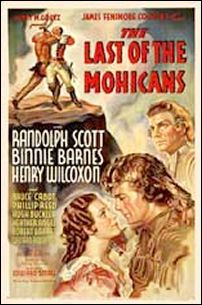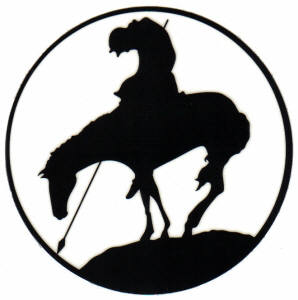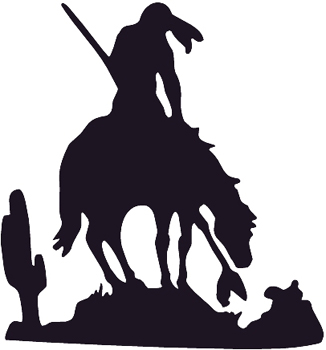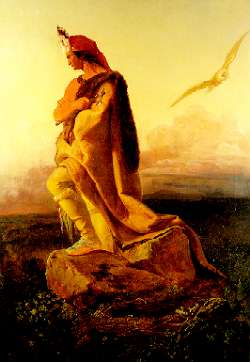|
|
|
Loss & Survival |
for LITR 4338 American Minority Literature & LITR 5831 Seminar in Multicultural Literature: American Minority
Objective 3b.
Native American Indian alternative
narrative: "Loss and Survival"
Whereas immigrants define themselves by leaving the past behind in order to
get America, the Indians once had America but lost most of the land along with many of their
people.
Yet they defy the myth of "the vanishing Indian," instead choosing to "survive," sometimes in faith that the dominant culture will eventually destroy itself, and the forests and buffalo will return.
Discussion question: Why does the USA's dominant culture romanticize the American Indian of the past while ignoring American Indians in the present?
![]()
myth of "the vanishing Indian"
(+ some reality)
as background for "Loss & Survival"
European exploration, settlement, and economic development of the Americas is celebrated in American and Western History as an essential and positive step forward in the advance of Western Civilization, but the "discovery of America" by Europeans brought profound suffering and loss to American Indians.
The most virulent destroyers--foreign viruses, germs, microbes to which American Indians had not been previously exposed--weren't always intentional. "Virgin-soil epidemics" wiped out entire peoples or devastated communities, comparable to AIDS in Africa recently.
Rapid decline in Indian populations enabled European expropriation and control of Indian lands, leading to devastation of wildlife and the Indians' economic infrastructure. Add in warfare in which European forces enjoyed enormous technological superiority comparable to contemporary drone attacks and helicopter raids in the Middle East and South Asia.
By modern standards, Indian populations were rarely large, and operated on subsistence levels of replacement instead of modern population increase. By some estimates, the population of the Americas dropped from 20 million to about 1 million within a generation or so after European contact. The primary cause was disease, followed by economic and cultural dislocation, followed by direct killing.
Even now, American Indians are the only ethnic group in America whose population growth is less than replacement rate (though white Americans' reproduction rates have slowed nearly to replacement rates).
These material trends lead to the popular dominant culture narrative of the “vanishing Indian”—the Romantic image of Indians, their old ways disappearing along with the natural world.
Nostalgic, bittersweet look back at previous America--not so many people, cars, refineries, strip malls, houses, apartment buildings . . . more trees and biodiversity . . .
Almost none of that older world survives in modern urban spaces like Houston anymore, and that old world could be dangerous and unforgiving even when it was true.
The catch is that even though the Old World of the Indians has largely disappeared, the American Indian has not--only the dominant culture ignores the Indian who survives in favor of the Indian who disappeared.
Stories & Images of "the Vanishing Indian"







American Indians are still around, but dominant culture doesn’t tend to make movies or read books about Indians now or since the good old days that can be romanticized out of any resemblance to normal human reality.
When White Americans write of the American Indian, they almost always write of "the vanishing Indian" as a pathetic figure of loss.
But when American Indians write their own stories, they acknowledge the losses but insist also on the fact that they survive.
They've survived the worst historical genocide in history and may be here long after other peoples are gone . . . .
Or maybe the story is not one of vengeance but adaptation or absorption of change. The Indian remains an Indian but absorbs from the modern world whatever can help survive. So may we all.
